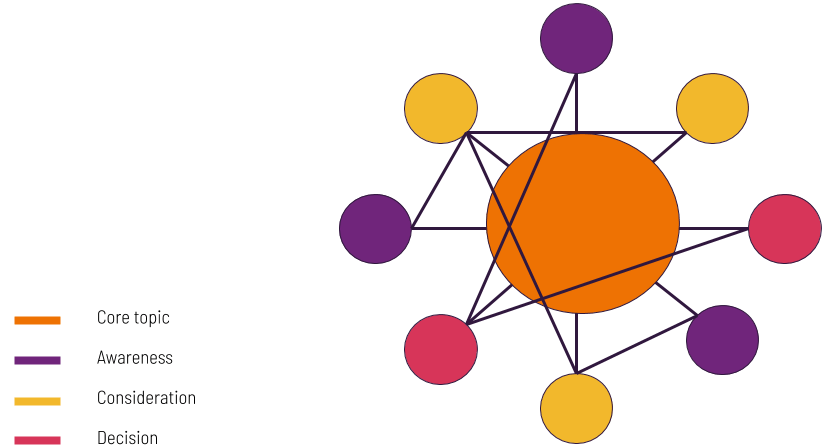Let’s face it. Driving traffic to a website isn’t the most interesting topic.
While it’s very important, most businesses and marketers probably wish they could bypass it and still succeed online.
But here’s the truth, generating traffic through SEO can be easy and fun.
We’ll show you some easy tweaks you can make on your website today that can improve your organic visibility, clickthrough rate, and traffic.
These tips helped Taylor, a photographer, to increase organic traffic by 158% and got 84 leads each month.
Whether you’re targeting businesses (B2B) or you want to communicate your message directly to customers (B2C), SEO should be the bedrock of your marketing strategy.
The ultimate goal is to rank on the first page (preferably position 0 sometimes known as a featured snippet and position 1) of Google, because 75% of internet users don’t even look past the first page of search results.
Once you’re ranking higher than your competitors, you’ll definitely get the clicks, traffic, and if your offer or product is enticing enough and helpful, you’ll see an uptick in sales.
Here are seven easy but powerful SEO tips you can implement today to increase your website’s ranking and attract more customers:
1. Target relevant keywords
Keyword research is the easiest SEO technique ever. But website owners and businesses often ignore it or do it with a half-baked approach. At Metigy, we understand the importance of keywords and have chosen to target a primary keyword on each post we create. You don’t even have to guess keywords to use any longer, some tools can help you achieve this goal. First, Google autosuggest is powerful and can reveal some ideas for you. Just enter your main keyword, then add an alphabet starting with ‘a’ then ‘b’, and so on. You’ll uncover some great keyword ideas:


2. Create quality engaging content
The most important actionable factor to increase your traffic from Google is to consistently create quality content. Here’s how we define quality content: This is content that is easy to understand and is relevant to the reader’s interests. The format of your content is also an important factor. This will determine how much people enjoy consuming the content. Ideally, the opening paragraphs should be short, as too long sentences will distract your readers. Here’s a great example from Brian Dean’s post:

3. Format your content for featured snippets
If you’re wondering what “Featured Snippets” are, here’s how Searmetrics defines it: “Featured snippets are highlighted excerpts of text, bullets, or tables that appear at the top of a Google search results page in what is known as ‘Position 0’.” Here’s a real-world example when I searched for “Can I ride a bike while pregnant?”

4. Optimize your page titles and meta descriptions
Whether you are writing content for your website or selling a product, optimizing your page titles and meta descriptions can have a dramatic effect on your search engine optimization strategy. Your meta description appears as the first line of search engine results and has the potential to attract new customers. Here’s an example:

5. Optimize your images and URLs for SEO
To boost your search engine rankings, you need to optimize your images and URLs for SEO. By doing so, you can get them indexed by search engines and get more organic traffic. “Optimized images speed up page loading, which increases user engagement and search engine rankings,” says Isaac Justesen, a contributor from the Content Marketing Institute.

6. Use internal links to pass link juice
A major way to pass link juice (aka link equity) from one page to another page is to interlink the pages. This will allow other pages on your site to receive the value of a page with a good link profile.You can distribute link juice by using internal links to promote relevant content on your site.

7. Study your competitors
The truth is your competitors are implementing an SEO technique that you may not be aware of. That’s why they’re ranking higher than you on the organic search results pages. Perhaps they’re creating better content, building or acquiring rank-boosting inbound links you thought were impossible to even attempt. It’s time to start studying your competitors. You can start by analyzing your competitors’ websites. This practice will open your eyes to new ideas and effective content techniques you can implement right away. The first step is to identify between three and five competitors in your niche. You can use the Market Explorer tool in SEMrush to track major players in your niche and how much traffic they’re getting per month.










